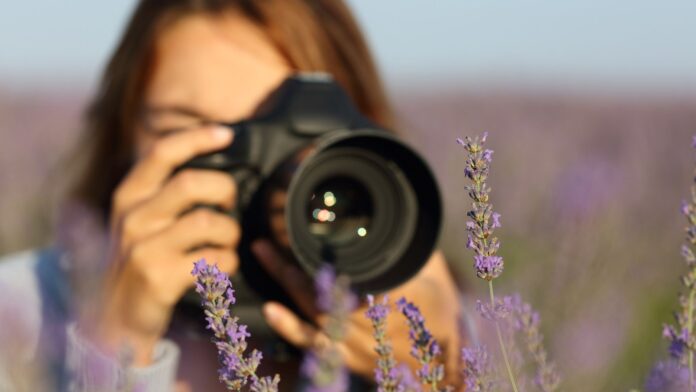Macro photography can feel magical. Suddenly, everyday objects transform into something extraordinary when viewed up close with a macro lens. It’s a fantastic way to boost your creativity, but it presents unique challenges compared to standard photography. Pairing a macro lens with a high-quality camera, like the Canon EOS R6 II or Nikon Z8, can open up incredible possibilities.
Here are five common beginner mistakes in macro photography — and how to avoid them.
1. Choosing the Wrong Aperture
One of the first hurdles in macro photography is the incredibly shallow depth of field. At close distances, only a tiny part of your subject is sharply in focus. Shooting at a wide aperture like f/2.8 might result in only the tip of a petal or an insect’s eye being sharp.
Conversely, stopping down to f/22 or higher doesn’t always solve the problem. While it increases depth of field, diffraction (a softening effect) can reduce image sharpness.
The best balance is usually around f/8 to f/11. This provides enough depth of field to capture your subject more fully, while retaining sharpness. The ideal aperture is also dependent on the available ambient light.
2. Ignoring the Light
Light is critical in all photography, but it’s particularly tricky in macro. Shooting outdoors in bright sunlight can create harsh shadows and blown highlights that obscure delicate details. Dim lighting can force slow shutter speeds, introducing blur.
To manage light, control it as much as possible. Avoid harsh shadows and don’t block light with your body. A diffuser can soften harsh light, while a reflector can bounce light back onto your subject to reduce shadows. Even a simple piece of card or kitchen foil can serve as a makeshift reflector when starting out.
3. Relying on Autofocus
While autofocus has improved significantly, even the best systems struggle with macro photography. The extremely shallow depth of field often causes the camera to lock onto the wrong part of the subject. You might think you’ve captured a sharp image, only to find the critical details out of focus when reviewing the photos.
Manual focus is your best friend in macro photography. It allows you to precisely control the focus and ensure the sharpest part of your image is exactly where you want it. Using live view and focus peaking helps visualize which part of the image is in focus. Gently moving the camera – known as “focusing with your feet” – allows you to fine-tune focus without disrupting your grip.
For serious macro enthusiasts, a focus rail on a tripod enables tiny, precise adjustments to your focus point.
4. Underestimating Camera Shake
Camera shake is a silent threat to sharp photos, especially in macro. High magnification amplifies even the smallest vibrations, blurring the image. Just because your subject is still doesn’t mean you are.
Stability is key to avoiding blur. A tripod is the most reliable solution. If shooting handheld, use image stabilization and aim for faster shutter speeds. Burst mode can also increase your chances of capturing a sharp frame, a feature common in many high-end cameras.
5. Overlooking Backgrounds and Composition
When zoomed in on a tiny subject, it’s easy to forget about the background, especially with moving subjects like insects. A cluttered background with stray blades of grass or bright spots can distract from your subject. It’s easy to focus on the technical aspects and overlook the overall composition, which is just as important in macro photography as in any other genre.
Pay more attention to the background of your image, especially when working with stationary subjects like plants or household objects. When photographing insects, reposition yourself to find a more pleasing composition. Consider color contrast – a green bug on a green leaf will get lost, but moving slightly to capture it against a darker background will make it stand out.
By being mindful of these common mistakes and applying these simple techniques, you can significantly improve your macro photography and capture stunning, detailed images.
Macro photography offers a unique lens through which to explore the world, revealing hidden beauty in the smallest details. By addressing these common pitfalls, beginners can unlock this rewarding photographic genre and create captivating images.







































